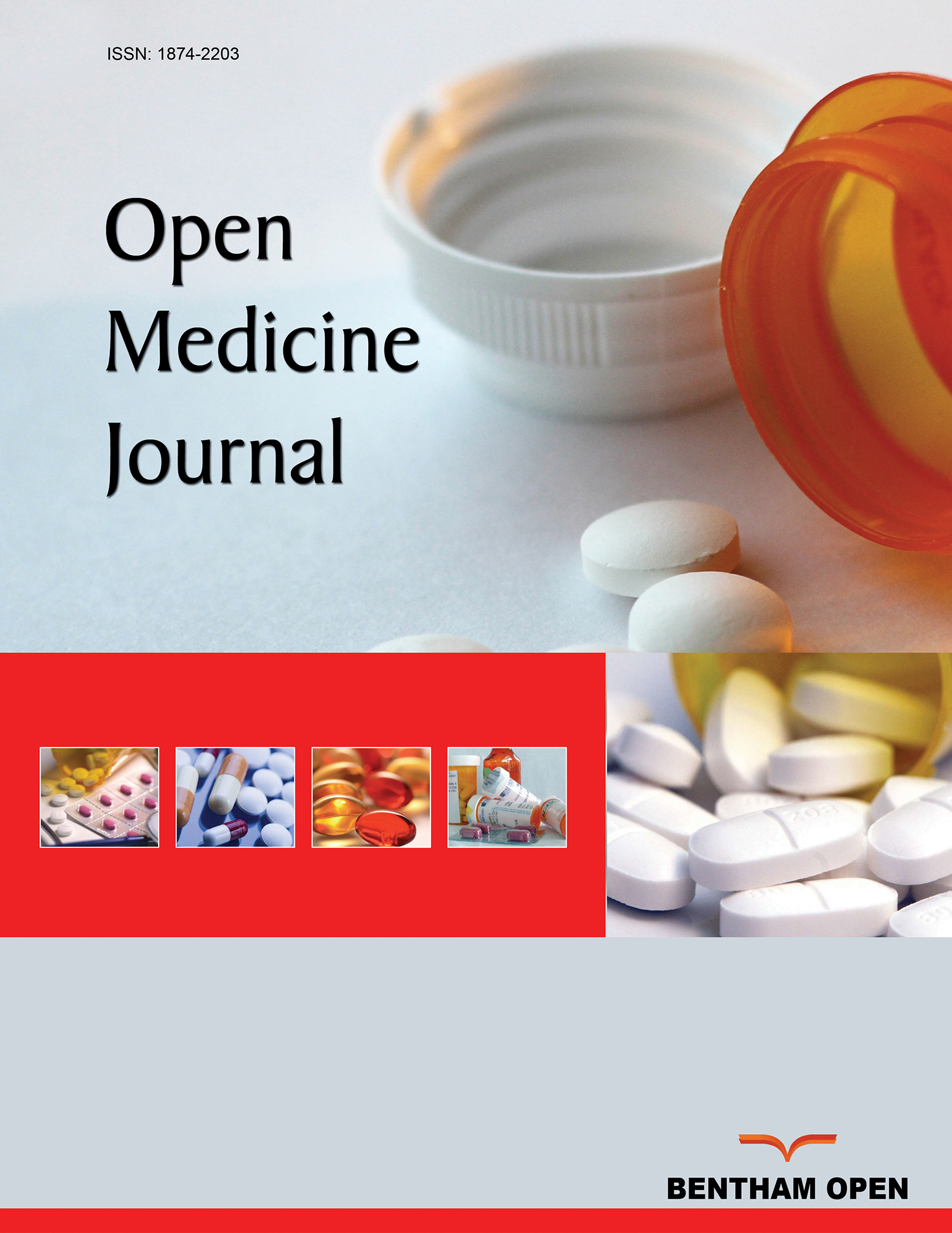All published articles of this journal are available on ScienceDirect.
Analyzing the Demand Aspect of Sex Trafficking: Addressing the Market through Legislation and Tactics
Abstract
Human trafficking is a serious human rights violation. To combat human trafficking, the United States government and the State of Texas are shifting policies towards addressing the demand for commercial sex in an attempt to disrupt the trafficking “market.” In order to better understand the sex trafficking market, we examine its components, specifically: suppliers, the supply of victims, and purchasers of victims. This article also provides an overview of federal and Texas anti-trafficking laws and how these laws address demand within their texts. Finally, the article provides an overview of some common demand reduction techniques.


